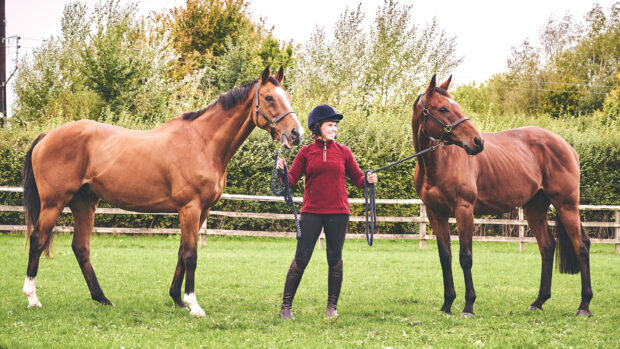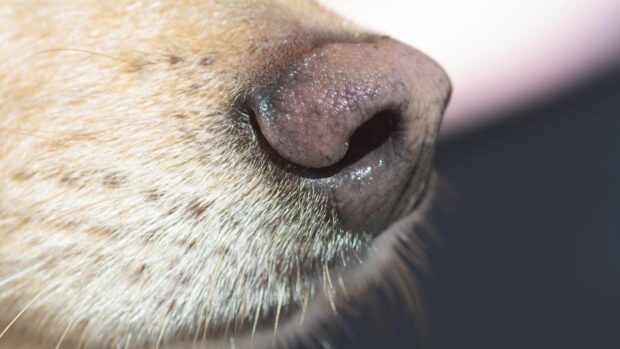Incidences of racehorse feed becoming tainted with morphine have spurred feed manufacturers and the Horseracing Authority (HRA) into taking action.
Feed manufacturers are drawing up a code of practice to limit the chances of contamination and give trainers a safer feed option.
Since 2002, 45 racehorses in the UK and nine in Ireland have returned positive dope tests for morphine, which have been linked to feed from two manufacturers — Dodson and Horrell and Connolly’s Red Mills.
The highest profile incident was the disqualification of Be My Royal, trained by William Mullins, after winning the 2002 Hennessy Cognac Gold Cup.
There is no firm evidence of where the morphine has come from, but the British Equestrian Trade Association (BETA) and feed manufacturers believe it to be a residue from poppies grown for medical use tainting feed processed on the same premises.
This theory is refuted by the Home Office and drug manufacturer Macfarlan Smith.
Chris Gordon, technical director of Dodson and Horrell, and chairman of the BETA feed committee, will help to draw up the code of practice with the HRA.
“The problems of the past four or five years coincide with pharmaceutical morphine being grown in this country,” said Mr Gordon. “We believe thousands of hectares of morphine are being grown under licence from the Home Office across the south of England, Lincolnshire and Northamptonshire.
“We shall set up industry guidelines, allowing trainers to differentiate between feeds.”
He said manufacturers adhering to the code could declare that their food was less likely to contain banned substances.
But, added BETA chief executive Claire Williams, the risk cannot be completely eliminated.
HRA spokesman Owen Byrne said morphine is a banned substance for racehorses and positive tests will lead to disqualification, but he said trainers have not been fined where they have proved the doping came from feed.
“Morphine numbs pain and could give one horse an edge over another,” he said. “We’re keen to see an end to the situation.”
According to the HRA, Dodson and Horrell feed was responsible for eight positive morphine tests in 2006 and 2007, and the remaining cases can be linked to feed from Ireland’s Connolly’s Red Mills.
Morphine has not been found in any other brand of horse feed, and only in racing feed.
Dodson and Horrell has swapped suppliers and believes the problem was caused by contaminated storage facilities and equipment.
The Home Office said it has licensed Macfarlan Smith to grow the opium poppy, papiver somniferum, in the UK, but a spokesman stressed it is grown under controlled circumstances and it is “very unlikely” to taint horse feed.
A Defra spokesman said feed could be tainted with a low-opiate variety, grown for hemp production.
This news story was first published in Horse & Hound (15 November, ’07)



